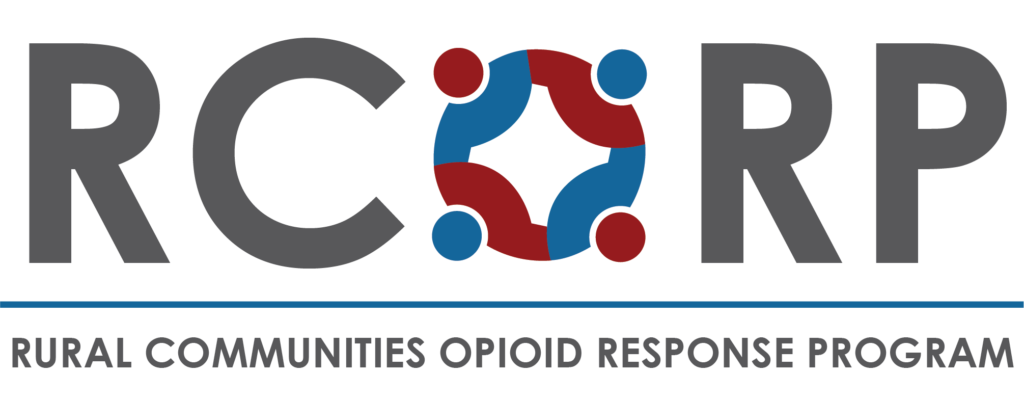Re-Entry Considerations for Rural Recovery Housing
This course reviews considerations that should be taken for those who will be housing individuals that are re-entering the community after incarceration.
The Benefits of Gratitude
Dr. Joel Wong, Chairman of Indiana University Bloomington’s Department of Counseling and Educational Psychology and Director of UI’s Gratitude Interventions and Practices Lab, discusses the science and proven benefits of gratitude, particularly the innovative interventions he’s designed to improve the mental health of those in recovery through the heartfelt expression of gratitude. Additional helpful information […]
Partnering with Faith-Based Entities
Dr. Matt Johnson, the Fletcher Group’s Director of Faith-Based Initiatives, discusses how faith-based organizations can be meaningful partners in building an effective recovery ecosystem, particularly in rural communities where such organizations are often the center of conversation, education, and community life.
Rural Recovery House Management – Creating a Supportive Internal Community
When a rural recovery residence employs the Peer-led, Peer-Driven Social Model, it provides its residents with an environment designed to empower them to make decisions, to be part of a recovery community, to be comfortable and safe, and to learn and grow.
Rural Recovery House Management – Understanding & Responding to NIMBYism in Rural Communities
NIMBY (Not In My Back Yard) is a characterization of opposition by residents in a rural or urban community, to proposed developments in their local area. This course can assist you with recognizing and navigating situations where NIMBY occurs.
(MARR) So You Want to Become a Peer Leader in a Recovery Residence?
Anyone interested in learning more about becoming a Peer Leader and their vital role in recovery residence operations will enjoy this program. After this program, participants will understand the knowledge, skills, and abilities needed to function in the role, as well as the challenges and opportunities involved.
Time Management Essentials
Discover tips on how to manage your time more effectively.
The Science of Effective Listening
This course covers best practices for improving listening skills.
Setting Goals That Actually Work
In this course, you’ll learn why the process of setting your goals is just as important as choosing targets that truly matter
Diversity Basics: Foundations
Develop a foundation and recognition for the importance and value of diversity, equity, and inclusion as part of your recovery house culture.

